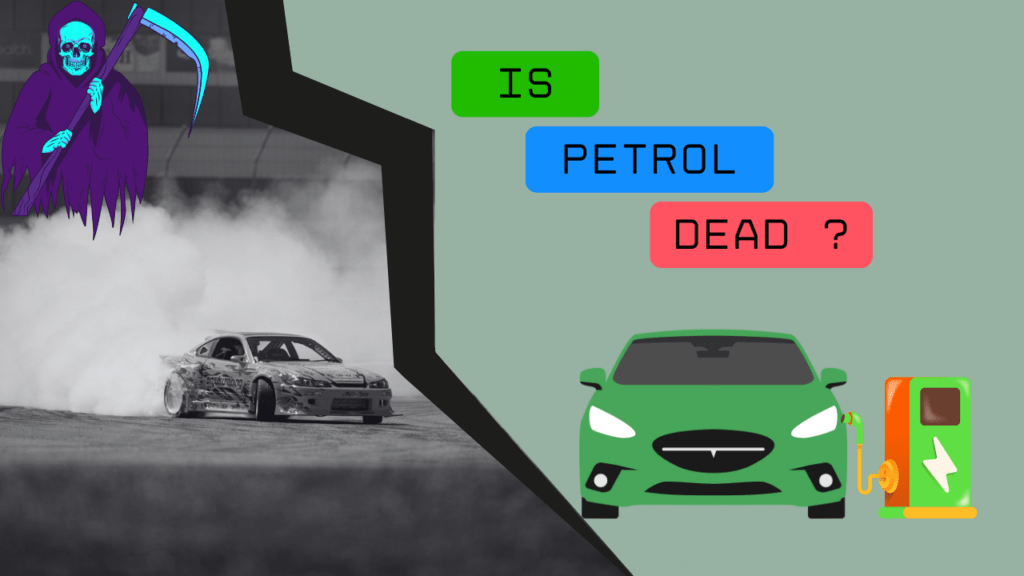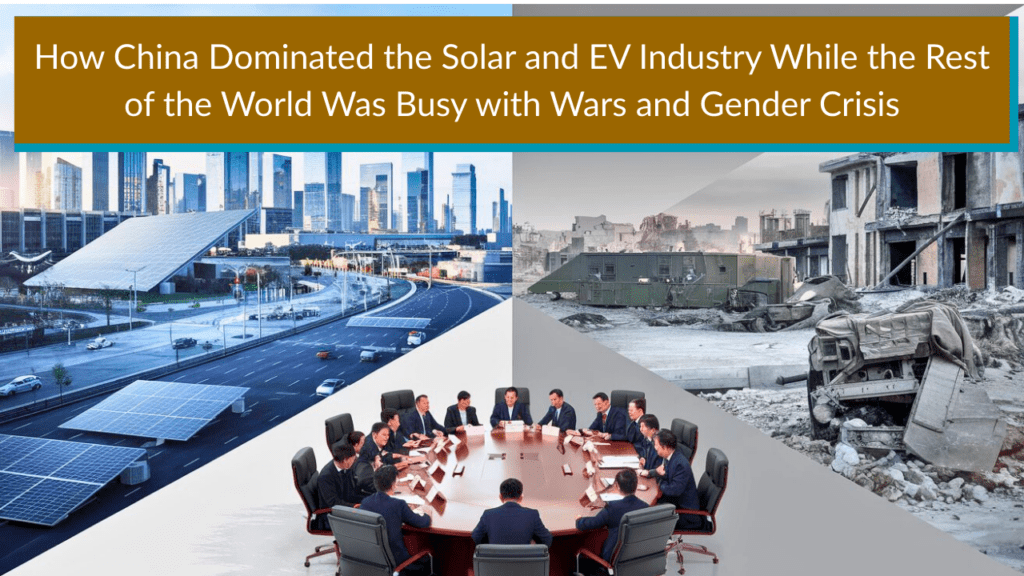Why is the whole world suddenly hating petrol cars? Are EVs really the future, or are we being sold a shiny green dream? Let’s decode the buzz.
Everyone’s Talking About Green Energy—But Why?
Let’s face it: the planet is heating up, and we’re all sweating—literally and figuratively.
-
Global temperatures in 2024 were the hottest ever recorded. Climate change isn’t knocking—it’s barging in.
-
Over 75% of global CO₂ emissions come from energy use, mainly fossil fuels.
-
According to the IEA, global investments in clean energy hit $1.7 trillion in 2023—70% more than fossil fuel investments.
So, it’s not just a trend. It’s an emergency.
⛽ But Why the Hate for Petrol and Diesel Cars?
Here’s the deal:
-
A typical petrol or diesel car emits about 4.6 metric tons of CO₂ per year.
-
Meanwhile, EVs have zero tailpipe emissions, and if powered by renewables, their total carbon footprint is way lower.
Governments worldwide are acting like ICE (Internal Combustion Engine) vehicles are public enemies. And honestly? They kinda are.
🚫 What Are Countries Doing to Ban Petrol Vehicles?
| Country | Ban on New Petrol/Diesel Car |
|---|---|
| Norway | 2025 |
| UK | 2035 |
| European Union | 2035 |
| Canada | 2035 |
| India ( Soft Push ) | 2040 ( No Official Ban Yet) |
| California (USA) | 2035 |
👀 It’s not just words. Norway, for example, already has 80% of new car sales as EVs.
⚙️ What Changes Are Actually Happening?
Automakers like GM, Ford, and even Tata Motors are investing billions into EV R&D.
Battery tech is improving rapidly—costs have dropped by 89% since 2010.
Charging infrastructure is growing. The EU alone added 500,000+ EV chargers in 2023.
But here’s the twist…
🤔 Is EV Really the Future or Just Another Bubble?
Let’s talk sustainability:
✅ Positives:
Lower running costs (₹1/km for EV vs ₹6/km for petrol)
Less pollution in cities
Less dependency on oil imports
❌ Negatives:
Batteries need rare minerals like lithium and cobalt—which come with environmental and ethical issues
EVs still consume electricity—if the grid is coal-powered, emissions are just displaced
Battery disposal and recycling is still a huge challenge
📉 Did You Know?
It takes about 70,000 km of driving for an EV to offset the emissions from manufacturing its battery!
💡 Are Green Policies Working?
Yes… and no.
✅ The Good:
-
In 2023, renewables met 30% of global electricity demand (up from 20% in 2015).
-
CO₂ emissions in the power sector declined for the first time in decades in Europe and China.
❌ The Ugly:
-
In countries like India, coal is still king, providing over 70% of electricity.
-
EVs are too expensive for the middle class. (Tata Nexon EV = ₹15-18 lakhs 😬)
-
Government subsidies are often limited or delayed.
🔋 So, Is the ICE Era Dead?
Let’s be honest—petrol and diesel cars won’t vanish overnight.
They’ll coexist with EVs for at least the next 10-15 years, especially in:
-
Rural areas with poor EV charging support
-
Markets with high petrol subsidy politics
-
Budget-conscious countries where EVs are still luxury items
But make no mistake—the direction is set. The ICE is not dying, but it’s definitely retiring.
🚀 The Road Ahead: What You Should Watch
Here’s what will decide the real future:
-
EV price parity with petrol cars (expected by 2027-2029)
-
Government policies—will they build more chargers or just talk?
-
Battery tech breakthroughs—solid state batteries could change the game
🧠 Final Thoughts: Should You Buy an EV Today?
If you:
Live in a city with good charging stations,
Drive <200 km/day,
Can afford the upfront cost…
✅ Go for it.
But if not, don’t feel guilty sticking with petrol—just try not to burn rubber unnecessarily 😅

